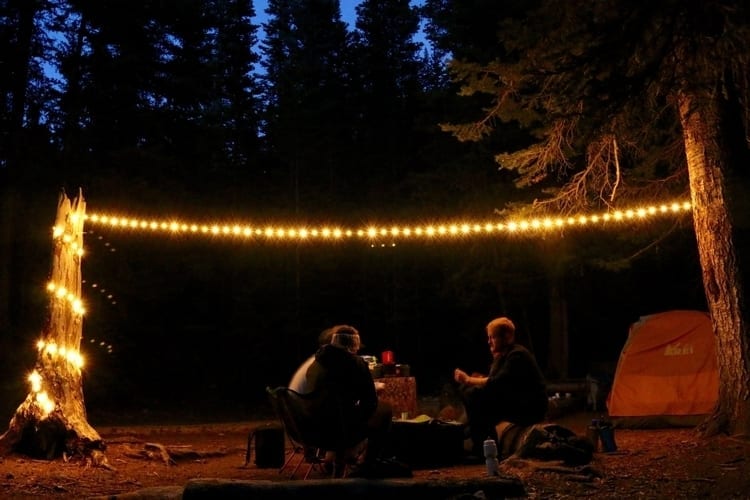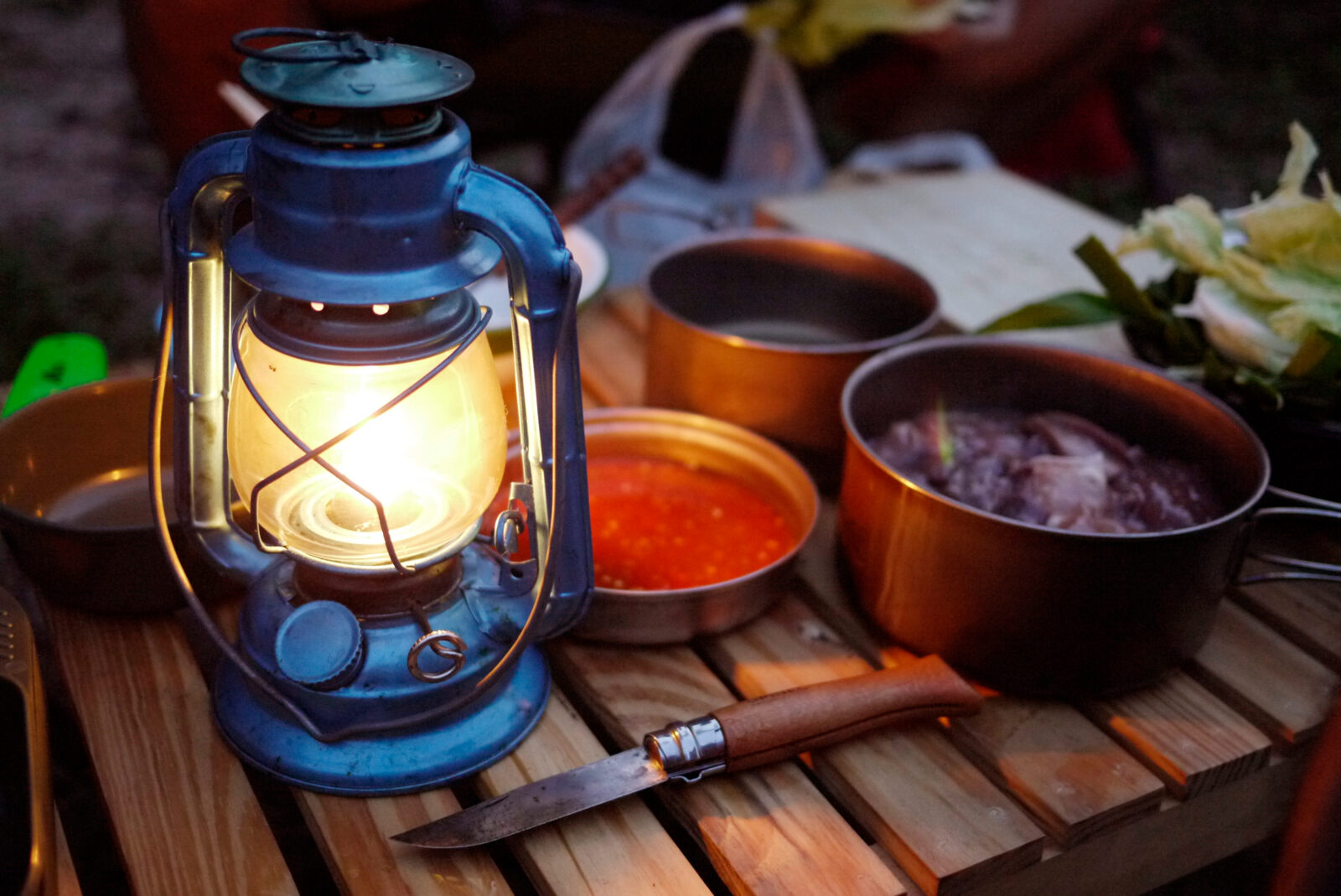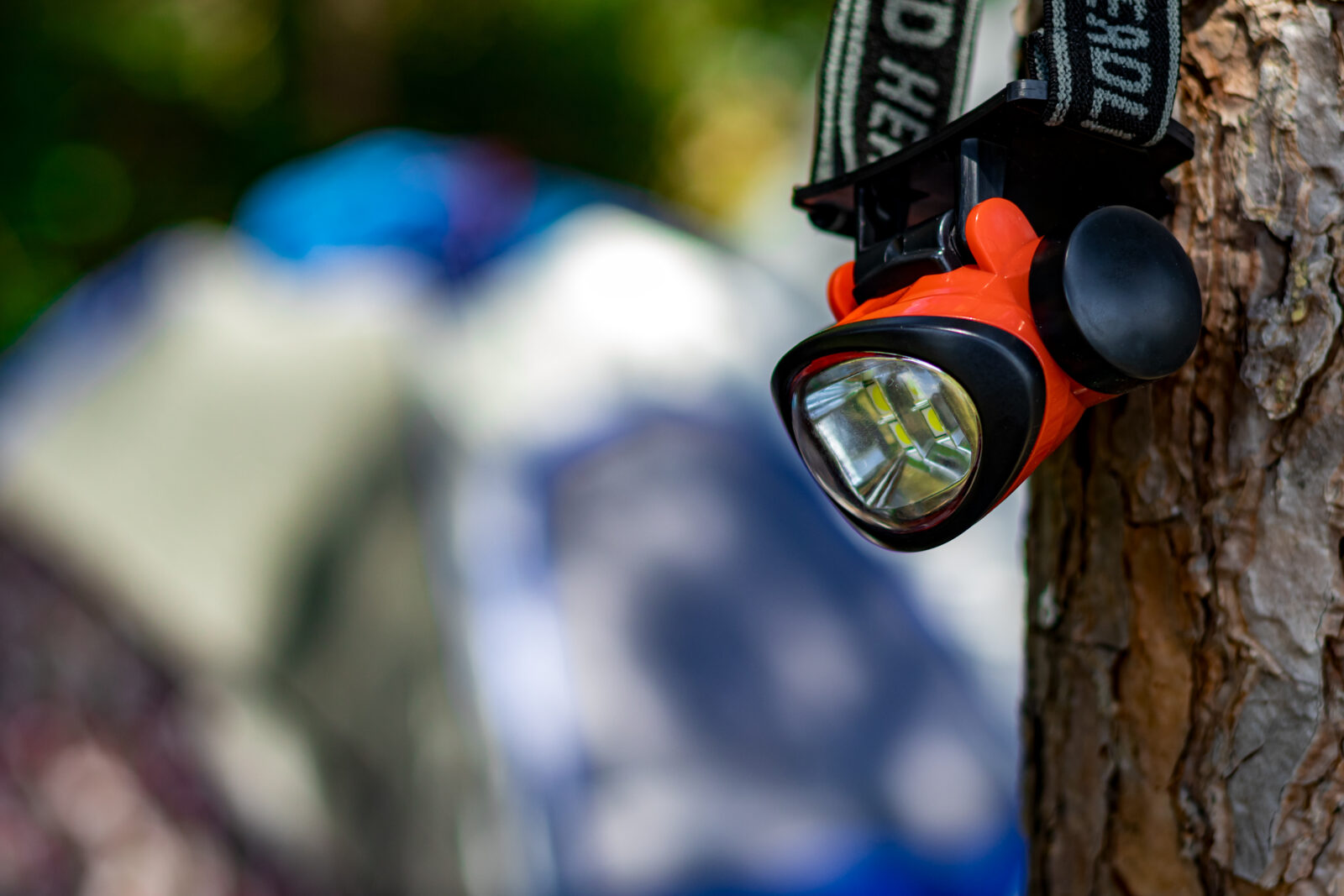When you have a dog, they often become members of the family. They want to be around you all of the time, and you probably enjoy taking them with you as often as you can.
Taking your dog for trips outside brings a lot of joy and fun into both of your lives. Between their quirky antics and them getting to spend some time in the great outdoors, both of you are bound to have fun.
If you want to bring your pup with you on a camping trip, there are certain things that you should prepare to ensure an excellent trip for both of you.
It can seem like it might make the trip more complicated, but in the end, it is only the addition of some more supplies and a little more bonding time training for it so that it goes smoothly.
Here are 11 tips to make camping with dogs more enjoyable and stress-free.
1. Find dog-friendly campsites and areas
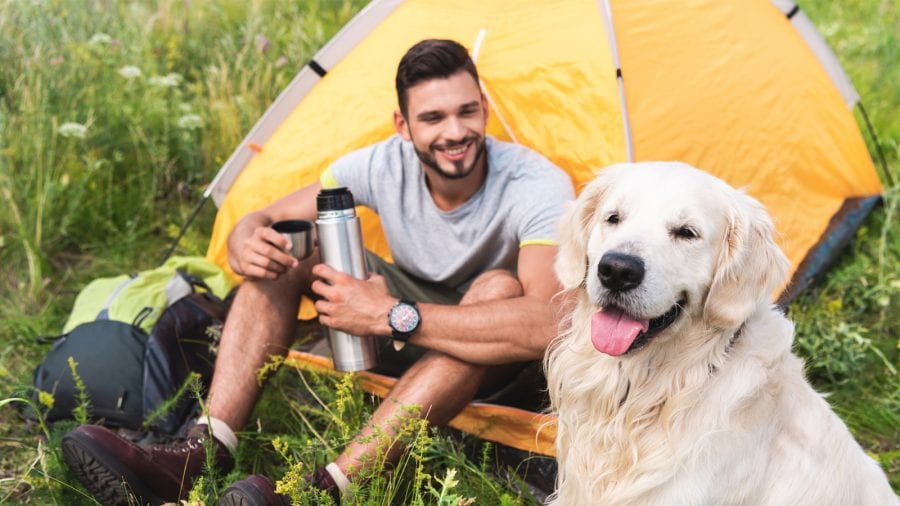
Although you might be extra excited to bring your pup with you on your next outing, not all people are as enthusiastic. Not every campsite allows dogs and will not allow you to camp on their property if you bring yours.
Look for a dog-friendly campsite to go to or consider camping on BLM land. BLM stands for Bureau of Land Management and is presided over by the government, making it public and free for anyone’s use.
Planning your trip around your dog is important so that you can guarantee that you will be allowed to do everything you want. For example, if you intend to visit a National Park, then verify that it is one of the few that will allow dogs to hike with you.
Acadia and Shenandoah National Parks are the two that are most flexible on their pet policy.
National Parks aren’t the only great places to explore in the US. Branch out and take a trip to a National Forest. These almost always allow pets on trails as long as they are on a leash no longer than six feet.
Read More : How to Pick the Perfect Campsite
2. Prepare a doggie kit for outdoor emergencies
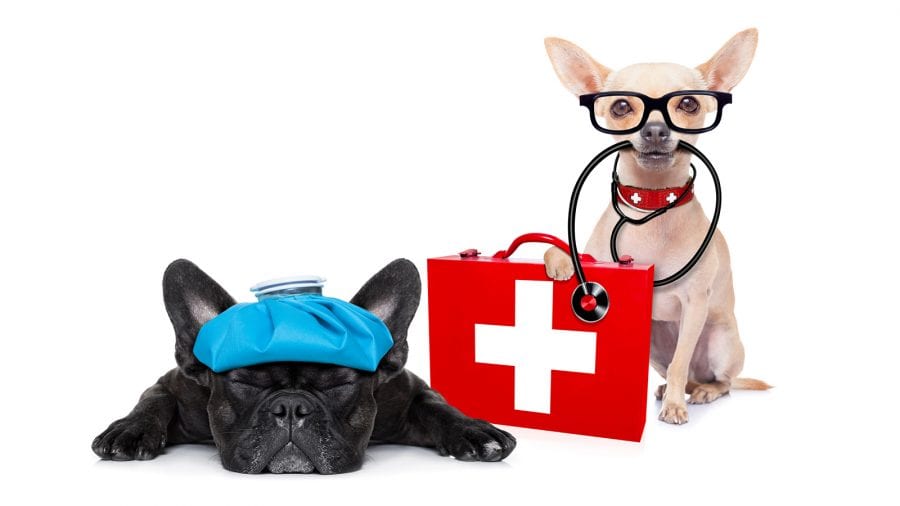
Just like you need certain supplies and a first-aid kit to stay safe while you rough it out in the wilderness, your dog should have some supplies as well.
Prepare for the inevitable small scrapes or muddy paws by bringing the right equipment. There are plenty of doggy first aid kits that you can find online if you don’t want to collect items individually for your own.
Most first-aid kits include basics like gauze, non-stick bandages, and thermometers.
You need to also consider your dog’s specific needs. If they have certain allergies, then bring medication or relief that has worked for them in the past. If they have sensitive paws, consider packing paw protection for rocky adventures.
3. Take a photo of your dog
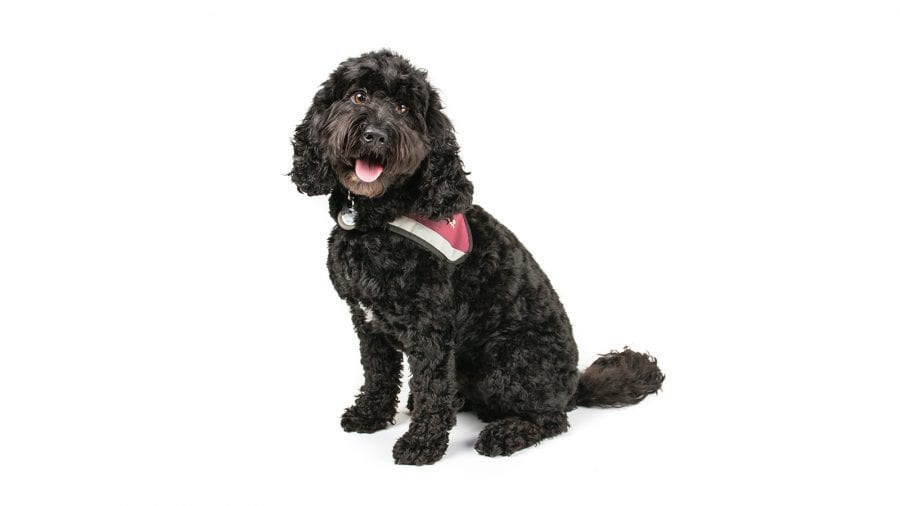
Most dog owners have folders and folders of funny and cute pictures of their fluffy canine companion. However, if your dog ends up getting lost around your campsite or while you are on a hike, you need a picture to show people.
The best thing to have on hand is a very recent picture of your dog. You want them to be easily recognizable from a single picture.
It should be a professional photo in that you capture them looking directly at the camera with their entire bodies in the image.
Beyond a puppy-proof first-aid kit and photo, make sure that your dog has an up-to-date ID tag on its collar that fits securely. This ID tag should have your name, address, and an active phone number at least.
You can also get your dog chipped before going on an adventure in which they are off their leash.
4. Bring the appropriate camping gear for your dog
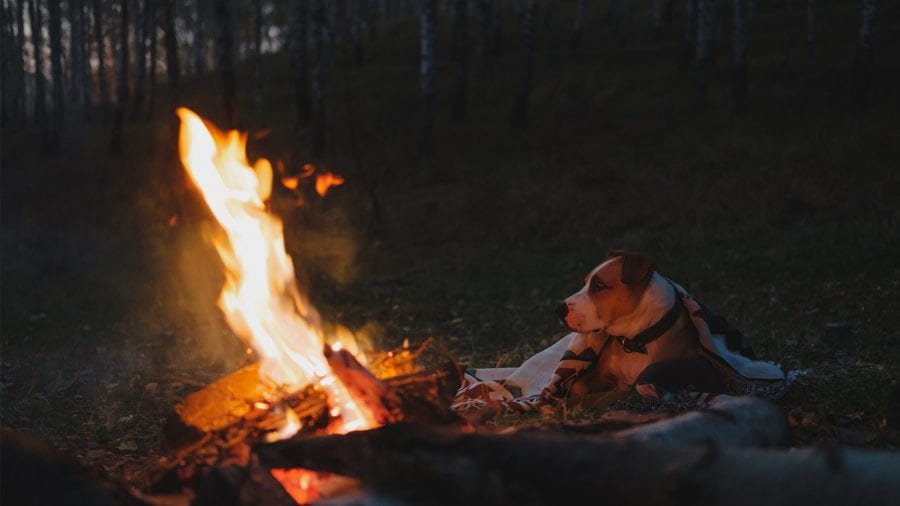
Aside from a first-aid kit that you hopefully won’t even have to use, there are other kinds of gear that you should bring for your dog’s overall comfort and health. Just like we need water bottles for hydration and sleeping bags to stay comfortable at night, your dog needs similar items.
Bring along a water bowl. You can find collapsible products that are very easy to push out, fill with water, and then fold back up to increase packability. These are very useful on a backpacking trip since they don’t take up a lot of space or weight.
Consider bringing your pup a blanket or a dog bed to lay on at night. Some dogs are fine with sleeping on the ground. If that isn’t something your pup prefers, then this will be even more necessary.
Don’t forget that pack it in and pack it out principles still apply to your dog as much as they do for you!
Bring along doggy bags so that your dog doesn’t leave behind confusing signals for the area’s wildlife.
5. Assess your pup’s readiness for a wilderness adventure
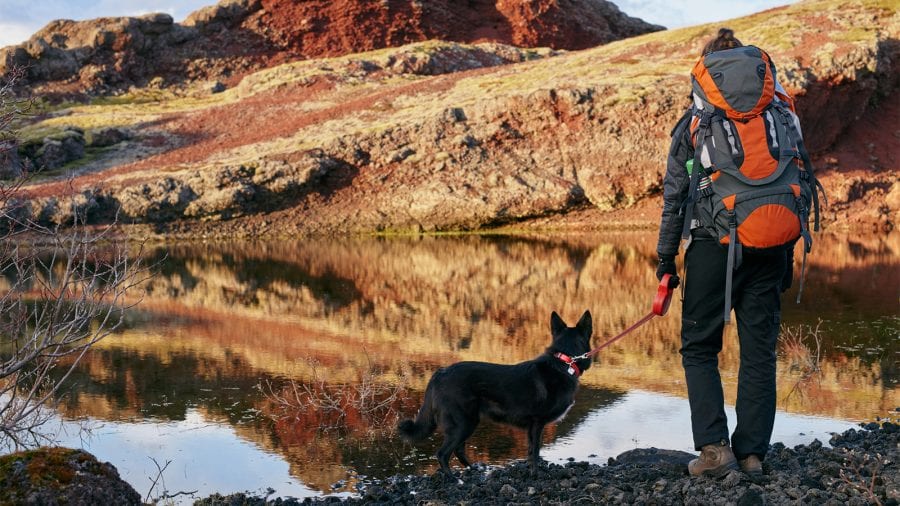
Not every dog is ready to take on a wilderness adventure. Consider what you are asking of them that is different from their daily lives. Perhaps your dog isn’t ready for this kind of trip.
For example, do you intend on taking them up some mountains on hikes?
Do they ever sleep outside?
If your dog is sensitive to temperatures, it might need extra protection when kept outside all night on a camping trip. If you intend on hiking or backpacking with them, be honest about their current fitness.
If you have enough time before embarking, consider training with them. Take them on runs or shorter day hikes to get their muscles working and lungs pumping.
6. Consider gearing up your pup
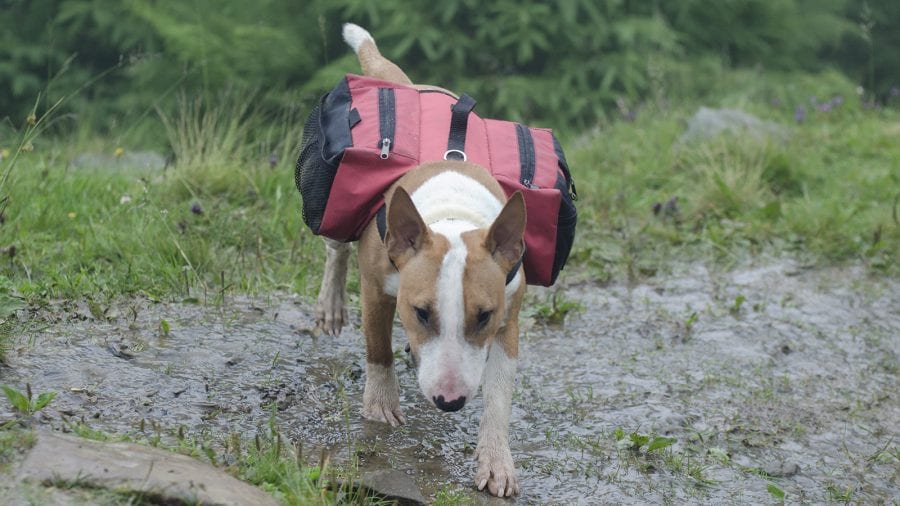
Just because your dog is coming along for the ride doesn’t mean that they get to glide through effortlessly. Most dogs capable enough to come along can handle the extra work of carrying their gear.
If you are going on long hikes or taking them on backpacking trips, then look for dog harnesses and pouches that can act as saddlebags on either side of your dog’s back.
That way, they can carry some or all of their gear and free up space on your back.
7. Train your dog for camping
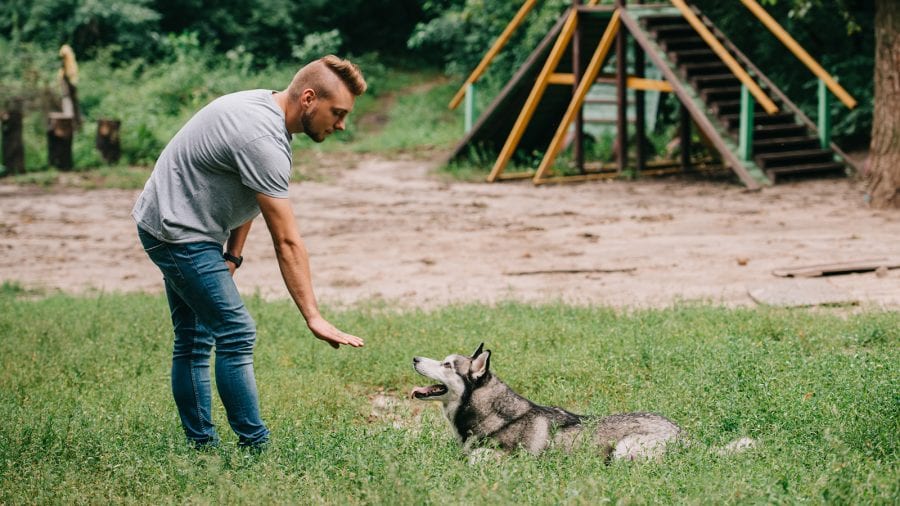
Good camping etiquette is essential when you bring your dog along with you to a full campground. Other people have also put plenty of work into their trip and want to enjoy that time.
Remember that not everyone loves dogs or prefers them sniffing around their equipment.
Teach and reinforce commands that allow you to keep vocal control over your dog while at the campsite.
8. Don’t leave your dog alone
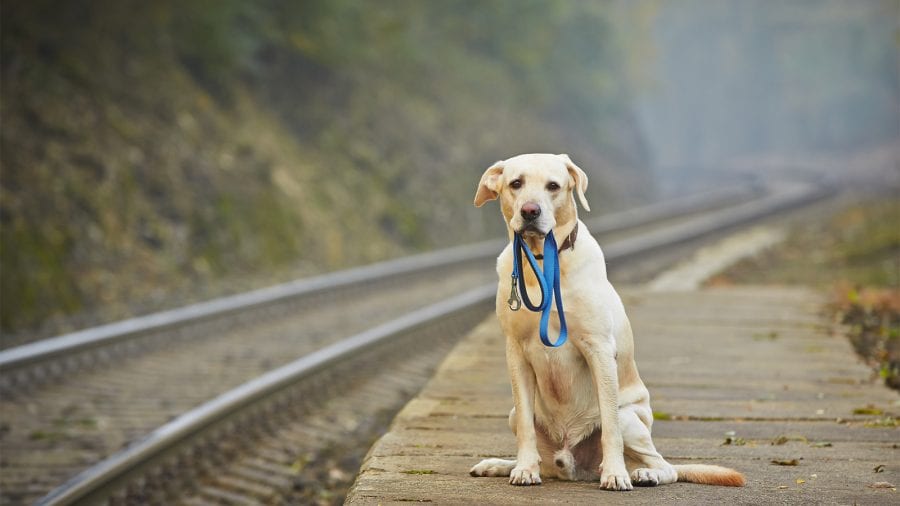
Leaving your dog alone at a campground is much riskier than it might typically be.
There are going to be fewer people there that you know if any. There is a higher likelihood that someone will take your dog or hurt it than when you are in your hometown or around people you know.
9. Remember your dog’s extra hydration and nutritional needs
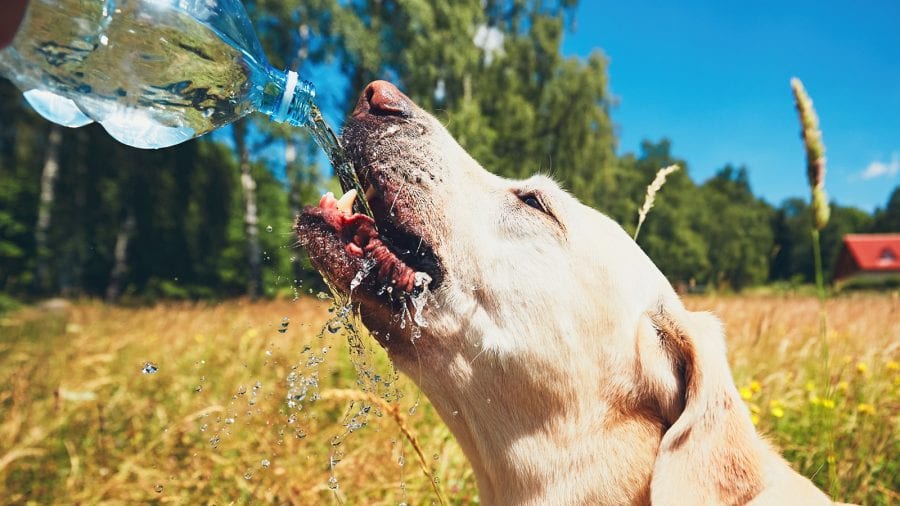
Camping itself doesn’t necessarily increase your dog’s appetite or need for more water. However, most of the activities that accompany these types of trips do.
If your pup gets more exercise than they usually do, or are exposed to elements different from what they are accustomed, be prepared for increased thirst and appetite.
Don’t only bring camping meals for you and your family, but bring enough food for your pooch too!
Read More : How Much Water Should You Bring to Camping?
10. Watch out for and respect wildlife
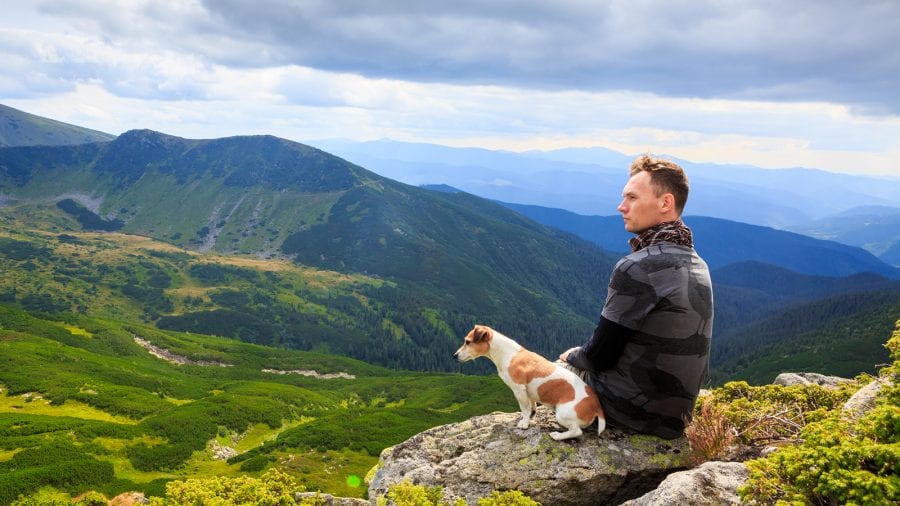
Dog’s are not a natural part of the majority of environments. Most National Parks do not allow them on the trails or in the wilderness because they can wreak havoc in most ecosystems.
Having continuous control over your dog, whether on a lead or responding to vocal commands, is essential to minimizing your long-term impact in that environment.
11. Develop a nighttime routine
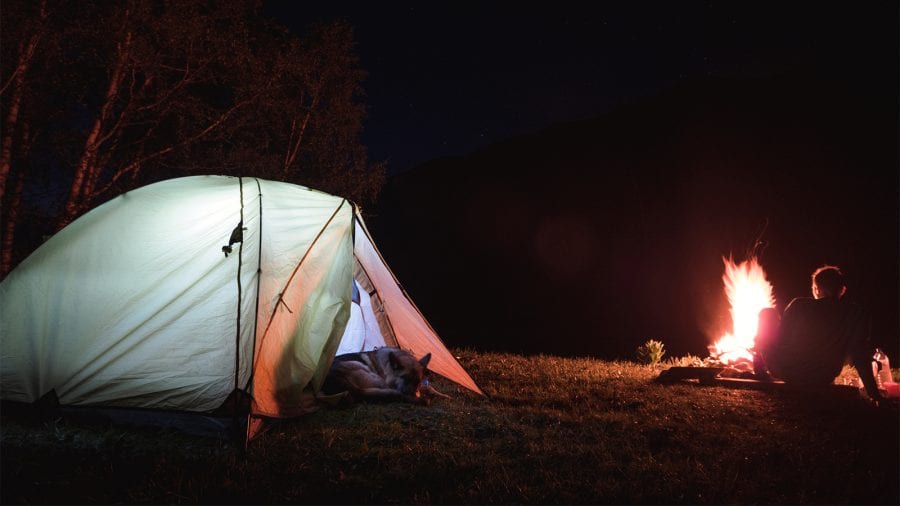
Getting ready to settle in for the night is a little more complicated with a dog.
Before you go to bed, figure out a schedule. Walk your dog so that they are not restless being tied up or confined to one place at night. Pick up and store any kibble as dog food attracts many animals like raccoons and bears.
Figure out ahead of time whether your dog will sleep in the tent based on the wildlife and surrounding area.
A peaceful night’s sleep is one of the most important aspects to ensure a great trip.
Amanda Williams
Amanda Williams is a writer, plant-nerd, and outdoor enthusiast. She has traveled extensively, around the U.S., throughout Asia, Europe, and Latin America. Everywhere she treks, she takes time to enjoy the outdoors. John Muir is her hero. She aspires to inspire people to live better as he did.
